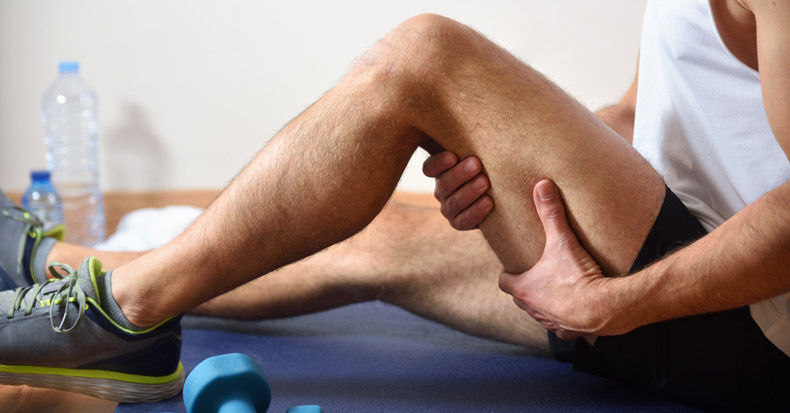The hamstrings consist of four muscles in the back of the thigh and upper leg—the biceps femoris (long and short heads), semitendinosus, and semimembranosus—that connect the ischial tuberosity to the knee area. This collection of muscles performs a variety of functions including bending or flexing the knee joint; extending the hip joint; internal hip rotation; decelerating knee extension and hip flexion during high-velocity actions; and absorbing kinetic energy and protecting the knee and hip joints during walking. The state of the hamstrings can also contribute to musculoskeletal issues involving the knees, hips, and lower back.
In fact, hamstrings are a somewhat hot topic in the research community appearing in nearly 1,000 journal articles and studies in recent years, up from about 100 at the turn of the century. Several studies have noted an association between shortening or tightness of the hamstrings and abnormal lower limb biomechanics and sagittal (from the side) posture faults—all of which can place added stress and strain on nearby joints. Not only can this contribute to low back pain, knee pain, hip pain, etc., but tight hamstrings can also impair function, which can limit an individual’s ability to carry on their normal life (and sport) activities.
While it’s not entirely clear about the nature of the relationship between tight hamstrings and musculoskeletal disorders like low back pain—that is, does hamstring shortening lead to low back pain or does inactivity in response to low back pain lead to tight hamstrings—at least one study reported that industrial workers who participated in a three-minute daily exercise routine that included hamstring stretching experienced a 40% reduction in low back pain within three months. Hence the importance of daily stretching, especially for individuals who work at a desk or spend a lot of time engaged in sedentary activities.
When tight hamstrings are observed in patients with chronic musculoskeletal disorders, like chronic low back pain, doctors of chiropractic can employ several in-office therapies to improve hamstring flexibility. It’s also important to ensure hamstring flexibility is similar in both legs as a 2023 study found that hamstring flexibility imbalances can also contribute to low back pain. Some of these treatment options include myofascial release, soft tissue mobilization, passive stretching, and proprioceptive neuromuscular facilitation stretching.
To facilitate the healing process, patients will be provided with instruction on stretches they can perform on their own throughout the day. Some commonly recommended stretches include placing the heel/foot on a chair and keep leg/knee straight while arching the low back and leaning forward; raising the knee to the chest, grasping behind the knee, and slowly straighten the leg; and placing the leg on a foam roller and rolling it forward and backward from the knee to the buttocks.


